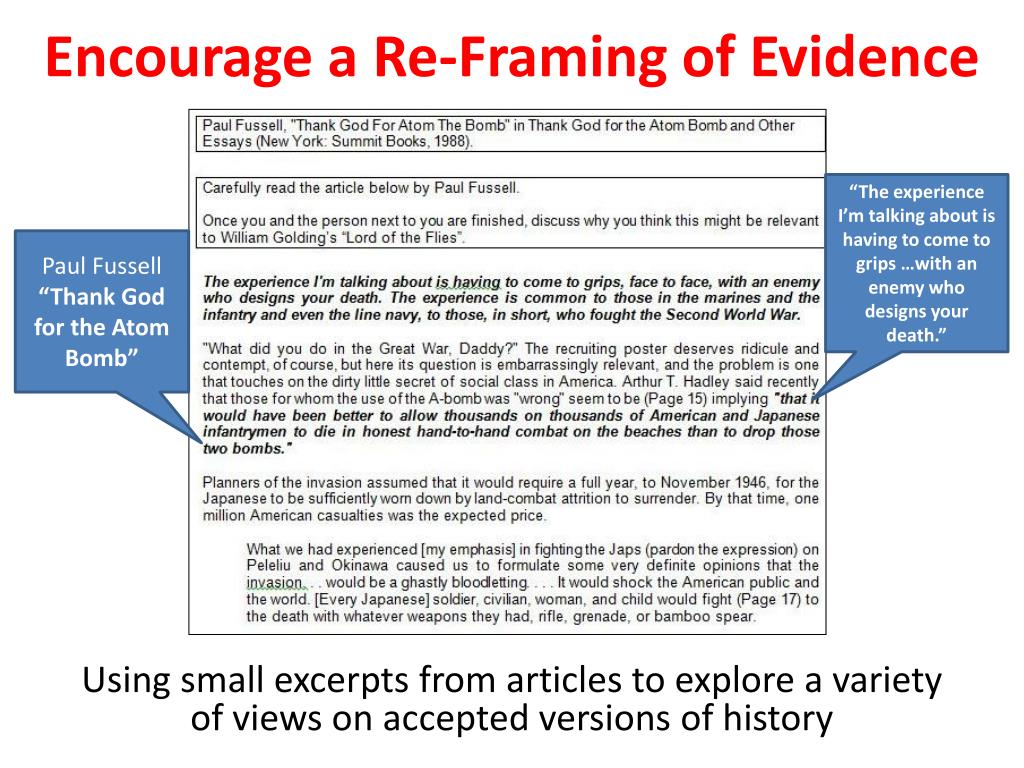- Dna Replication Animation Mcgraw
- Dna Replication Animation Wiley Download
- Dna Replication Animation Protein

Your DNA needs to be in every cell in your body, so what happens when cells divide? How does each new cell retain all of the genetic information? Take notes on each of the enzymes required for DNA replication. (Hint: Copy the notes from Review Question #2 during the animation.) Upon completing the matching successfully, answer these questions in your journal. Here the DNA to be copied enters the complex from the left. One new strand is leaving at the top of frame and the other new strand is leaving at bottom. The first step in DNA replication is the separation of the two strands by an enzyme called helicase. This spins the incoming DNA to unravel it: at ten thousand RPM in the case of bacterial systems. This animation shows how cellular proteins are built from the encoded instructions within DNA.


-the process by which DNA makes a copy of itself
-occurs during interphase, prior to cell division
Doyourdata start menu 3.2 download. Steps of DNA replication

1. DNA helicase (enzyme) unwinds the DNA. The junction is called a replication fork.
2. DNA polymerase adds the complementary nucleotides and binds the sugars and phosphates. DNA polymerase travels from the 3' to the 5' end. The DNA is called the template strand.
3. DNA polymerase adds complementary nucleotides on the other side of the ladder. Traveling in the opposite direction.
4. One side is the leading strand - it follows the helicase as it unwinds.
5. The other side is the lagging strand - its moving away from the helicase (in the 5' to 3' direction).

Dna Replication Animation Mcgraw
Replication is called semi-conservative, because one half of the original strand is always saved, or 'conserved'
Problem: it reaches the replication fork, but the helicase is moving in the opposite direction. It stops, and another polymerase binds farther down the chain.
This process creates several fragments, called Okazaki Fragments, that are bound together by DNA ligase.
Dna Replication Animation Wiley Download
6. During replication, there are many points along the DNA that are synthesized at the same time (multiple replication forks). It would take forever to go from one end to the other, it is more efficient to open up several points at one time.
Replication Errors – can cause a genetic MUTATION
-- PROOFREADING by the polymerase prevents mismatches
-- DNA REPAIR ENZYMES can repair damaged DNA also
Animation of Replication (stolaf.edu)
Animations of Replication (mcgraw-hill)
Replication Tutorial (wiley.com)
Replication Fork (mcb.harvard.edu)
Dna Replication Animation Protein
This work is licensed under a Creative Commons Attribution-NonCommercial-ShareAlike 4.0 International License.